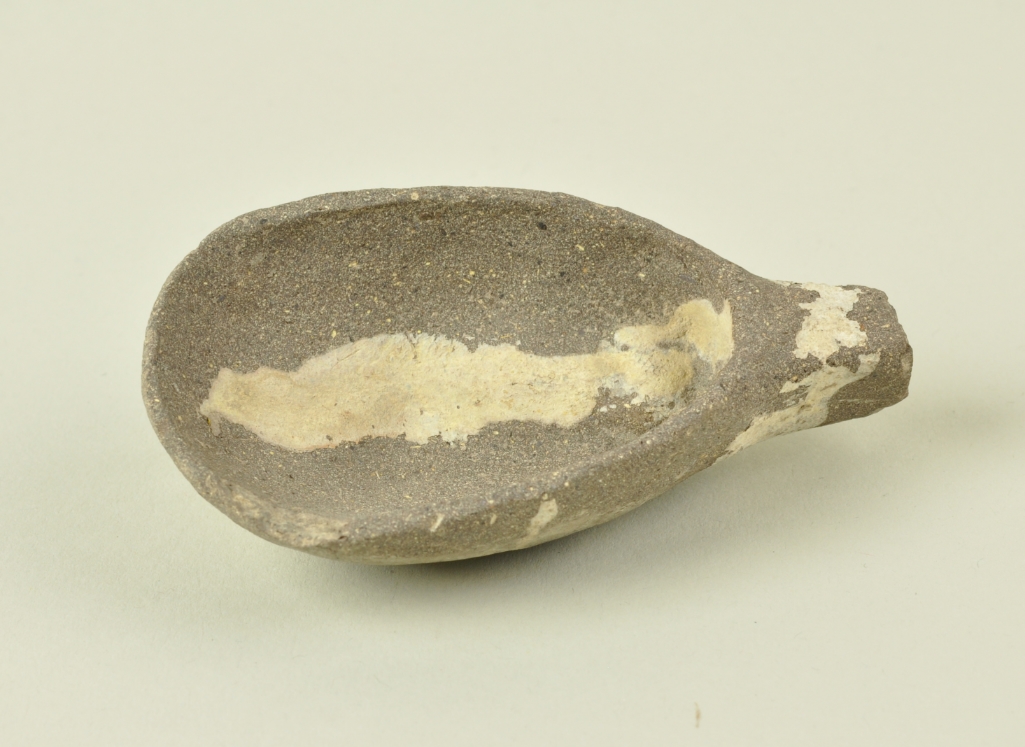Domestic Space at Beth Shean










The houses on the Lower Terrace (LTN, LTE and LTW in field notes) are an archaeological mess. Families and individuals, of varying social status, occupied the tel throughout the Byzantine period and under Arab rule. As a result, walls criss-cross each other, rooms became reused and subdivided. At some point, as Jordan Pickett writes briefly about, liturgical material found itself scattered throughout the terrace areas. Therefore, recreating any specific domestic assemblages is next to impossible. The archaeologist struggles even to reconstruct the areas for cooking, a staple part of any attempt to understand what late antique people did at home. Equally, the Penn Excavations (1921-1933) had specific interest in the older layers, and dug through these areas very quickly and not with that much care. Nevertheless, enough remains survive, mostly deposited in unused cisterns and found in the houses of the Lower Terrace, to situate the Byzantine occupants of the site in a world in which people ate, drank, shopped, and lived.
